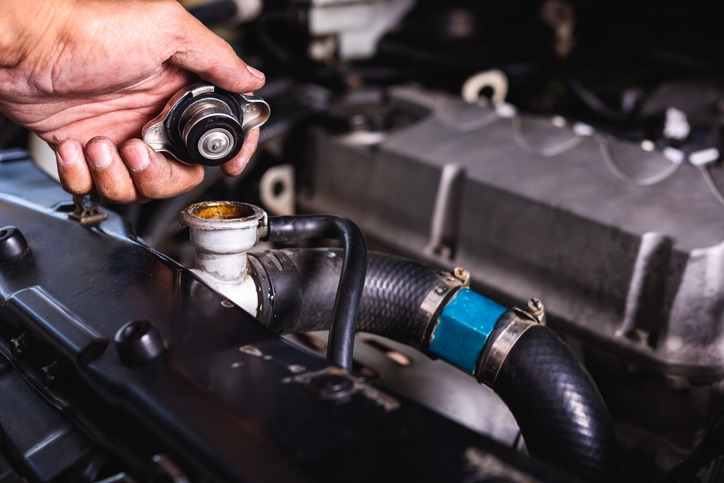Did you know that in 2022, the worldwide automobile radiator market was worth USD 4.7 billion?
Regarding the health of your vehicle, your radiator is an important part. If you start seeing signs of a problem with your radiator, you need to address them so you don’t find yourself stranded along the side of the road.
If you are one of the many that have no idea what a radiator does or how to tell if there is a problem with your radiator, then this article is for you. We will discuss the signs of a problem with your vehicle radiator.
Let’s dive in and see if your vehicle has issues with the radiator.
1. Lack of Coolant
This is due to a leak in the system, causing the coolant to be unable to circulate or completely evacuate. Leaking coolant will leave a reddish-brownish liquid underneath your car due to the coolant’s anti-corrosive agents.
Additionally, your engine may overheat faster than usual, and there may even be a drop in performance as the engine runs hotter than it should. Depending on the severity of the leak, the coolant light will appear on your dashboard to alert you of low levels.
2. Clogged Radiator Fins
Clogged radiator fins are often caused by mud, dirt, and debris accumulating in the fins. The fins act as a heat sink, trapping the heat produced by your vehicle engine. This helps the radiator efficiently transfer the heat from your machine and maintain the optimal temperature.
This can lead to a blockage of the heat sink and ultimately result in your vehicle overheating. Warning signs can include feeling a significant vibration when the car is idling, an increase in temperature, or a decrease in engine performance.
3. Sludgy Coolant
Scale deposits come from water, dirt, and minerals getting into the radiator over time. Oils can mix with the coolant, usually from engine leaks. When the coolant becomes a thick, syrup-like mixture, it indicates that the radiator needs to be serviced.
The only way to ensure the radiator is functioning optimally is to have it serviced. A radiator flush can remove buildups and oils from the radiator, allowing it to operate as designed.
4. Overheated Engine
Your vehicle’s radiator is responsible for cooling the engine, so it can quickly overheat when it stops performing its job. It is a result of coolant not being able to dissipate engine heat. Indications of an overheating engine include the temperature gauge needle reaching above the halfway point, steam or white smoke coming from the tailpipe, and a pungent sweet odor rising from the hood.
5. Shifting Issues
If your vehicle shifts gears improperly, shifts too hard, shifts late, or turns erratically, your radiator may need attention. If your transmission runs at a higher-than-normal temperature, it can cause the fluid to thicken, which can cause shift-quality issues.
If you are having shifting issues with your vehicle, have it inspected to ensure the radiator is in good working condition. It might be best to have the entire cooling system looked at for any signs of wear or damaged radiator. For vehicle care, consider a professional radiator repair company.
Avoid Serious Vehicle Radiator Problems by Getting Professional Services
If you notice any signs of a problem with your vehicle radiator, it’s essential to have it inspected and repaired as soon as possible. Don’t wait for your car to overheat – get it checked out now for peace of mind and continued safe driving. Regular vehicle maintenance can also help to prevent problems from occurring with your car parts.
Did you find this article helpful? Check out our site for more.

